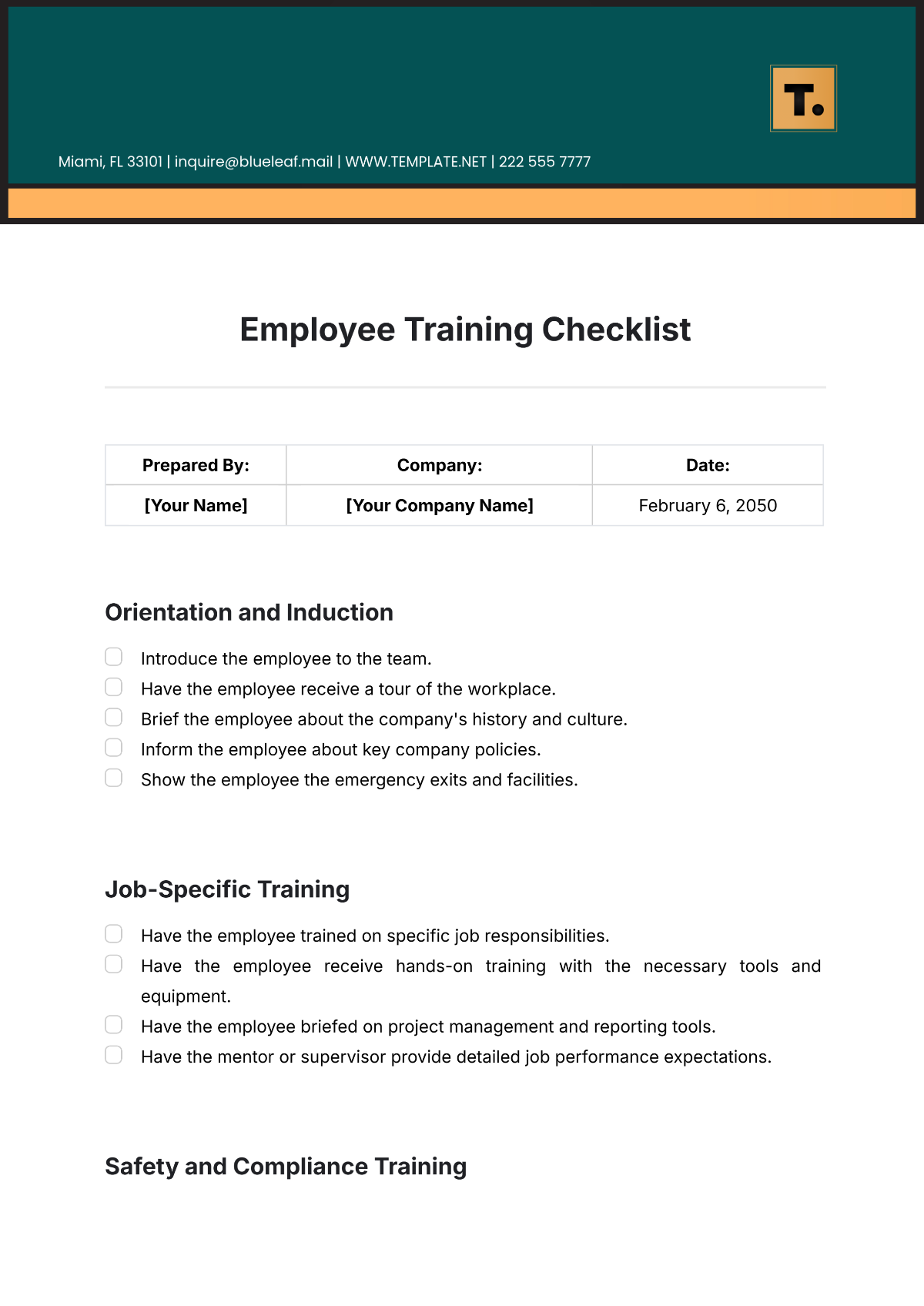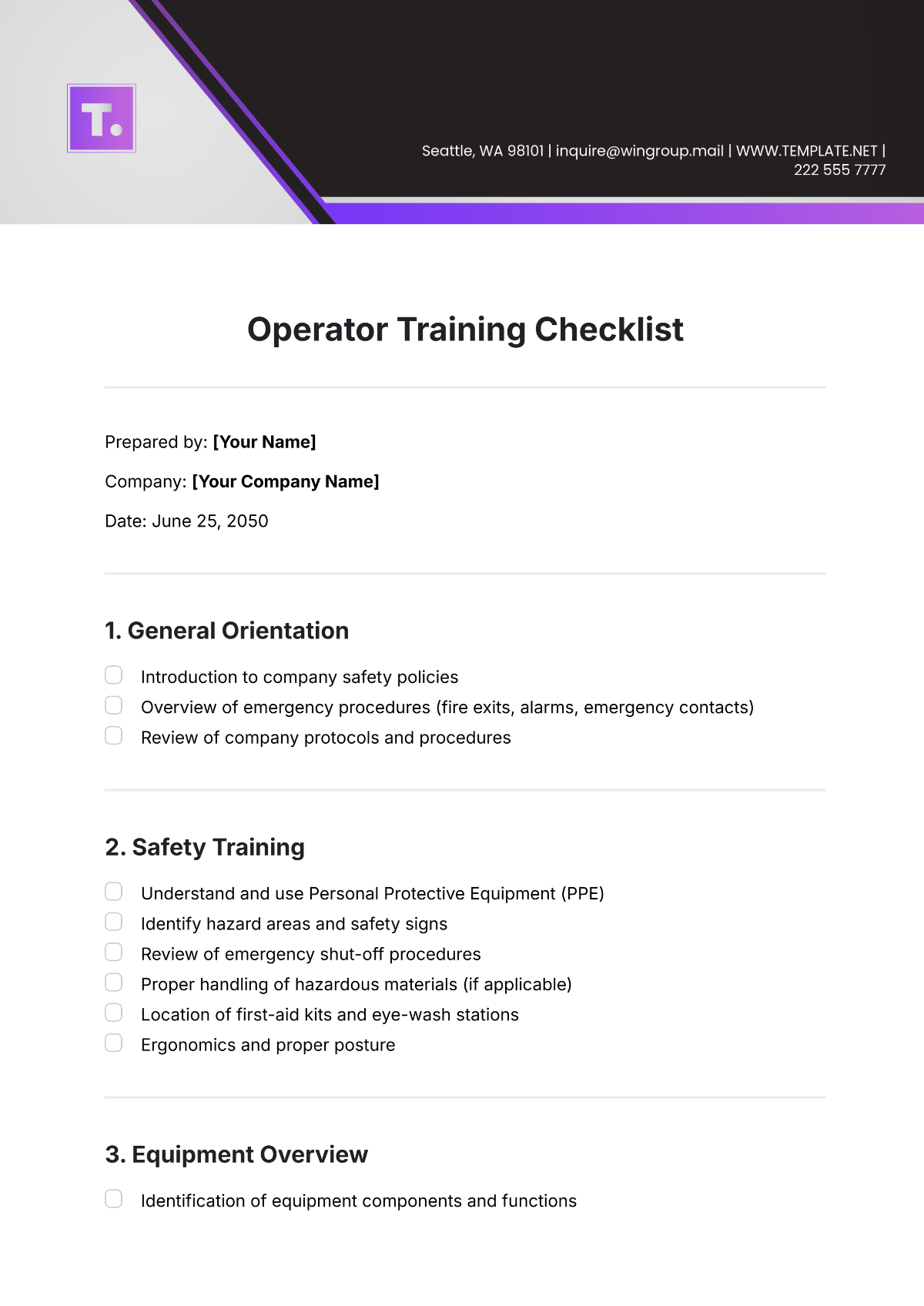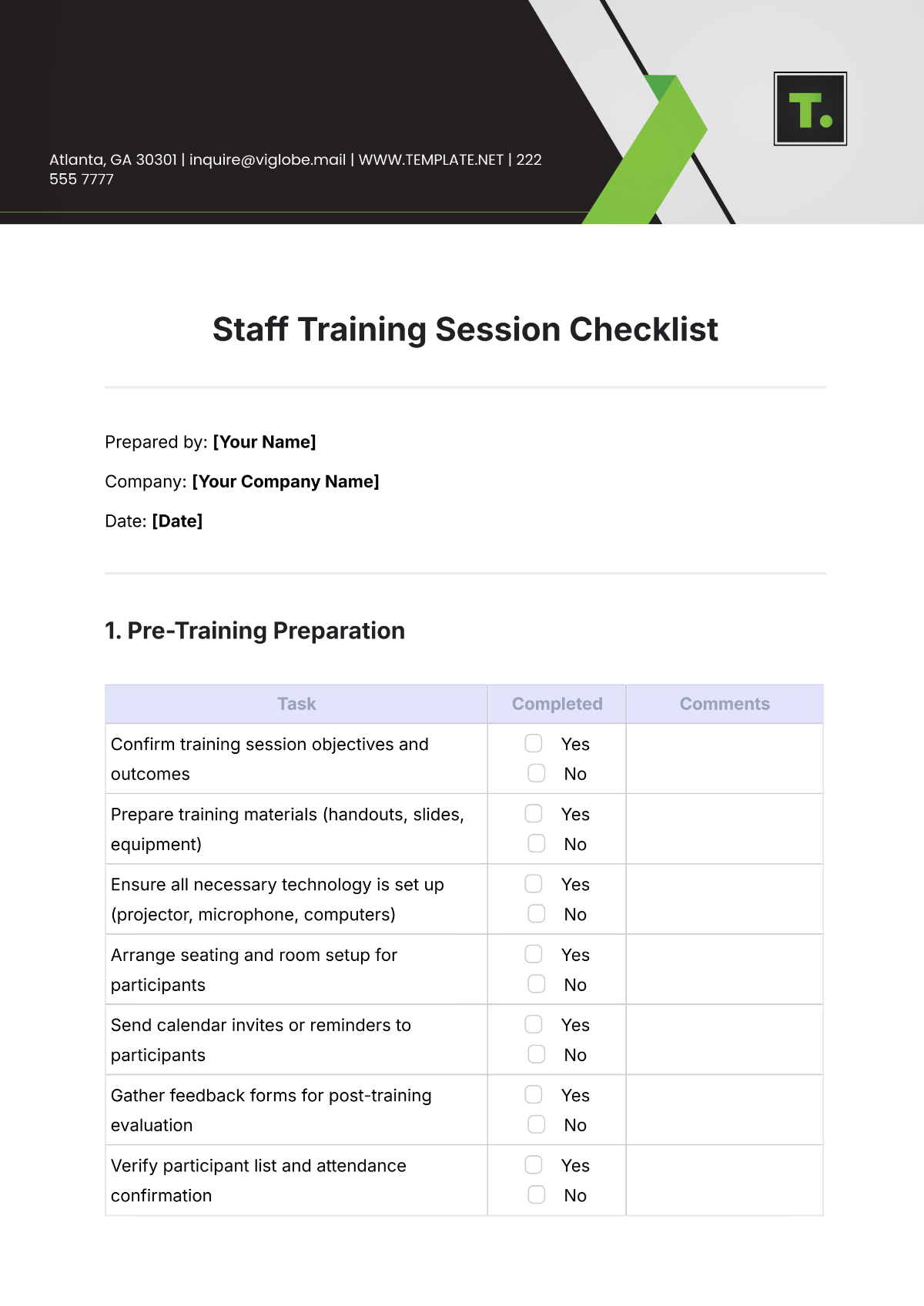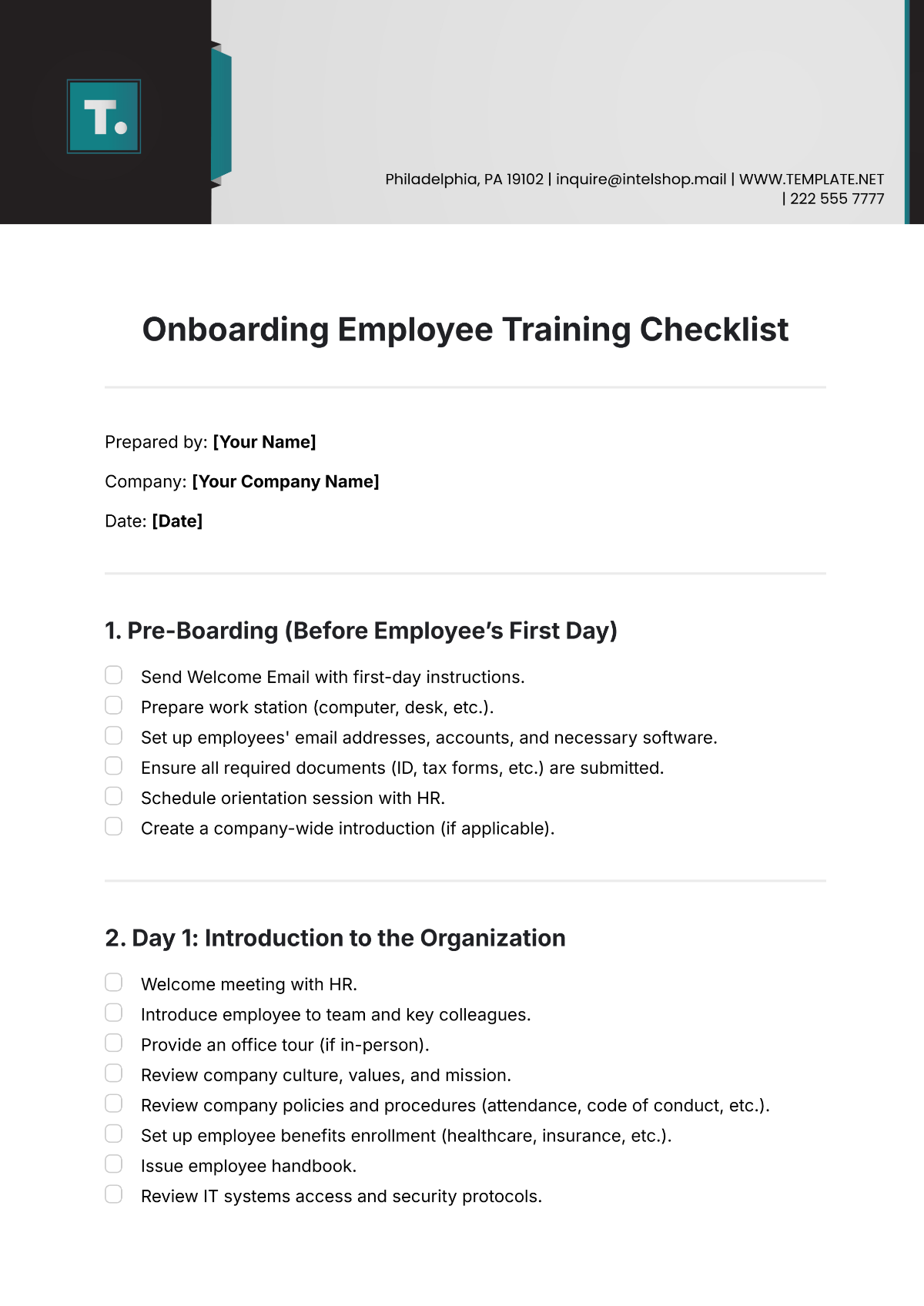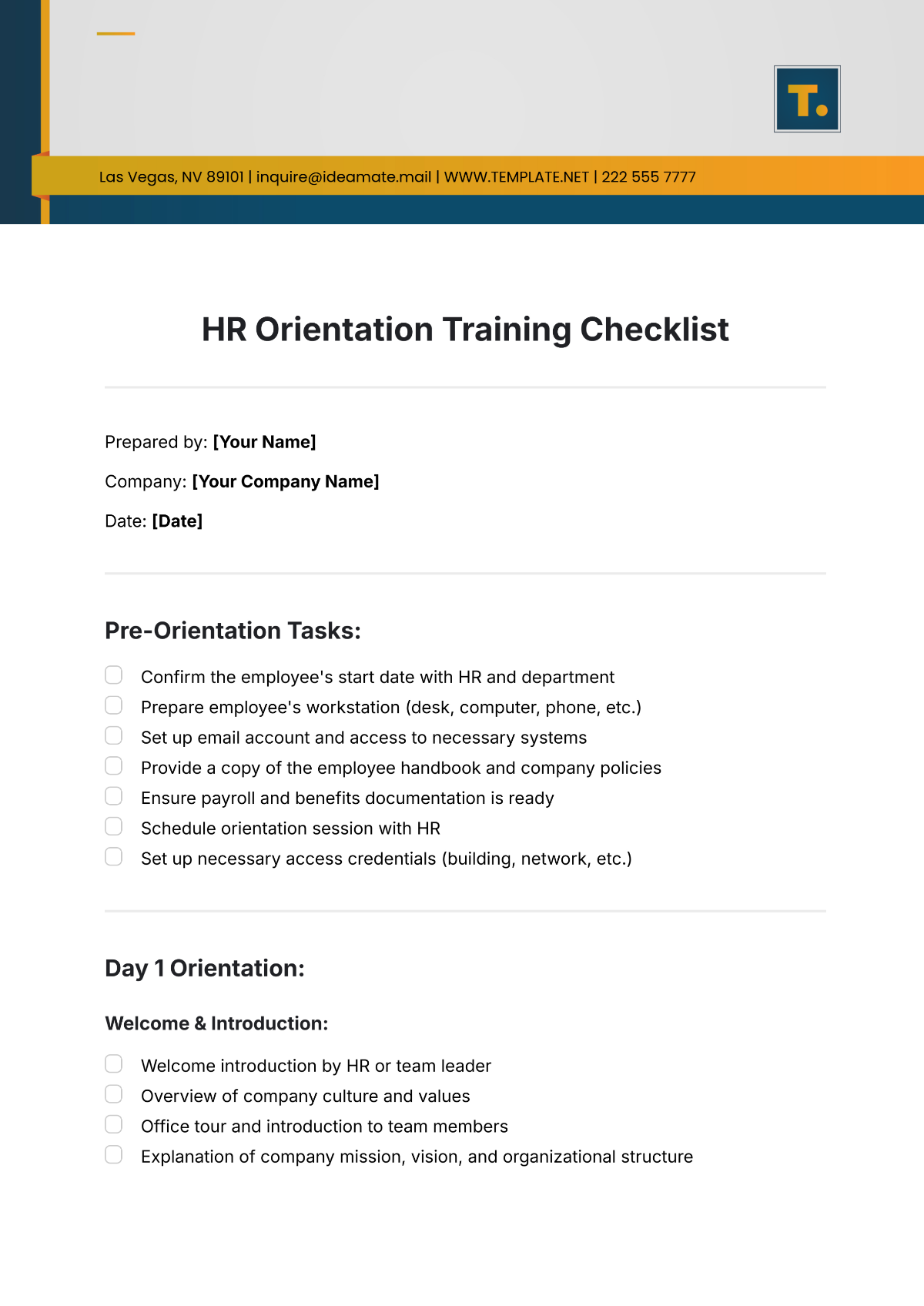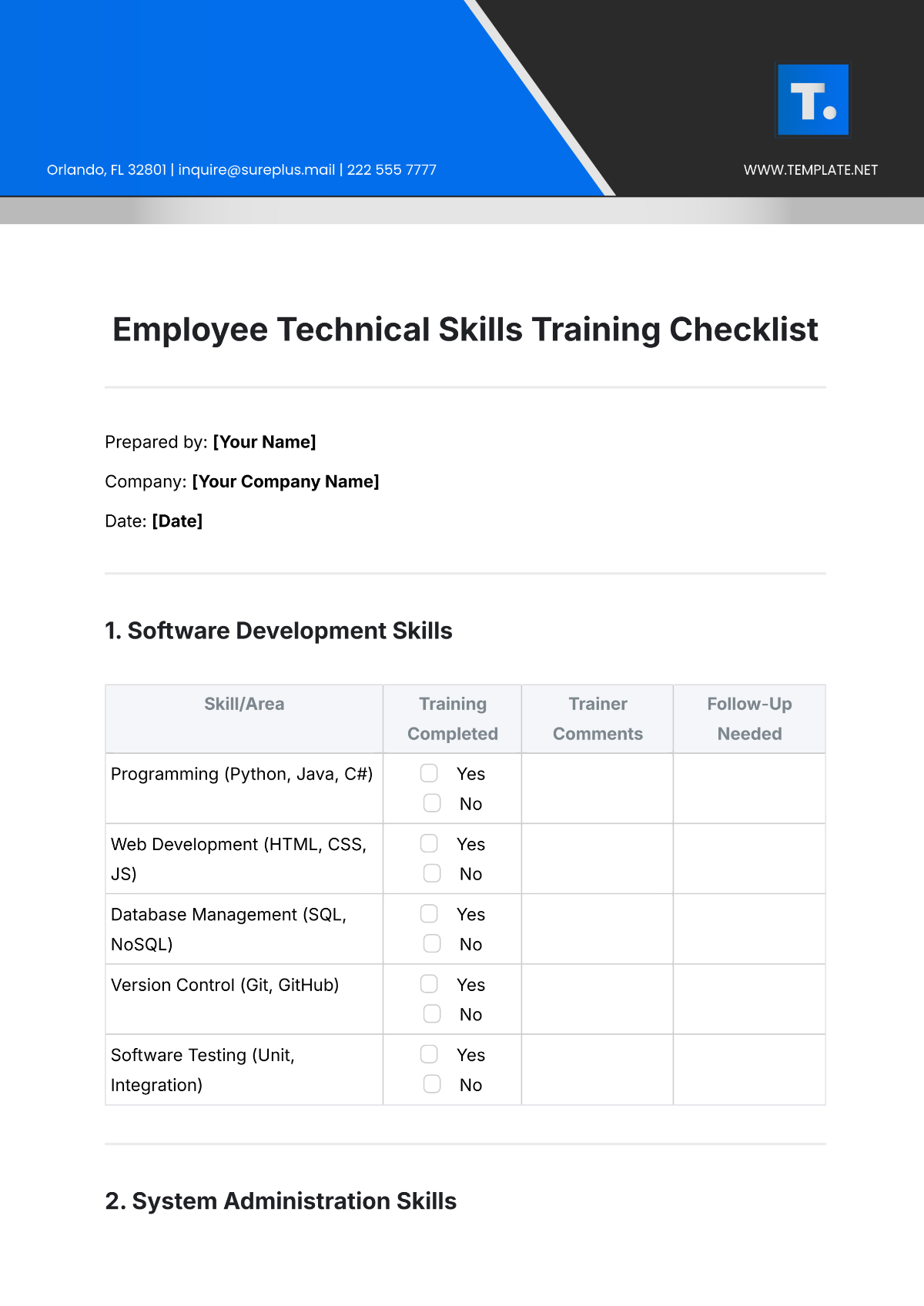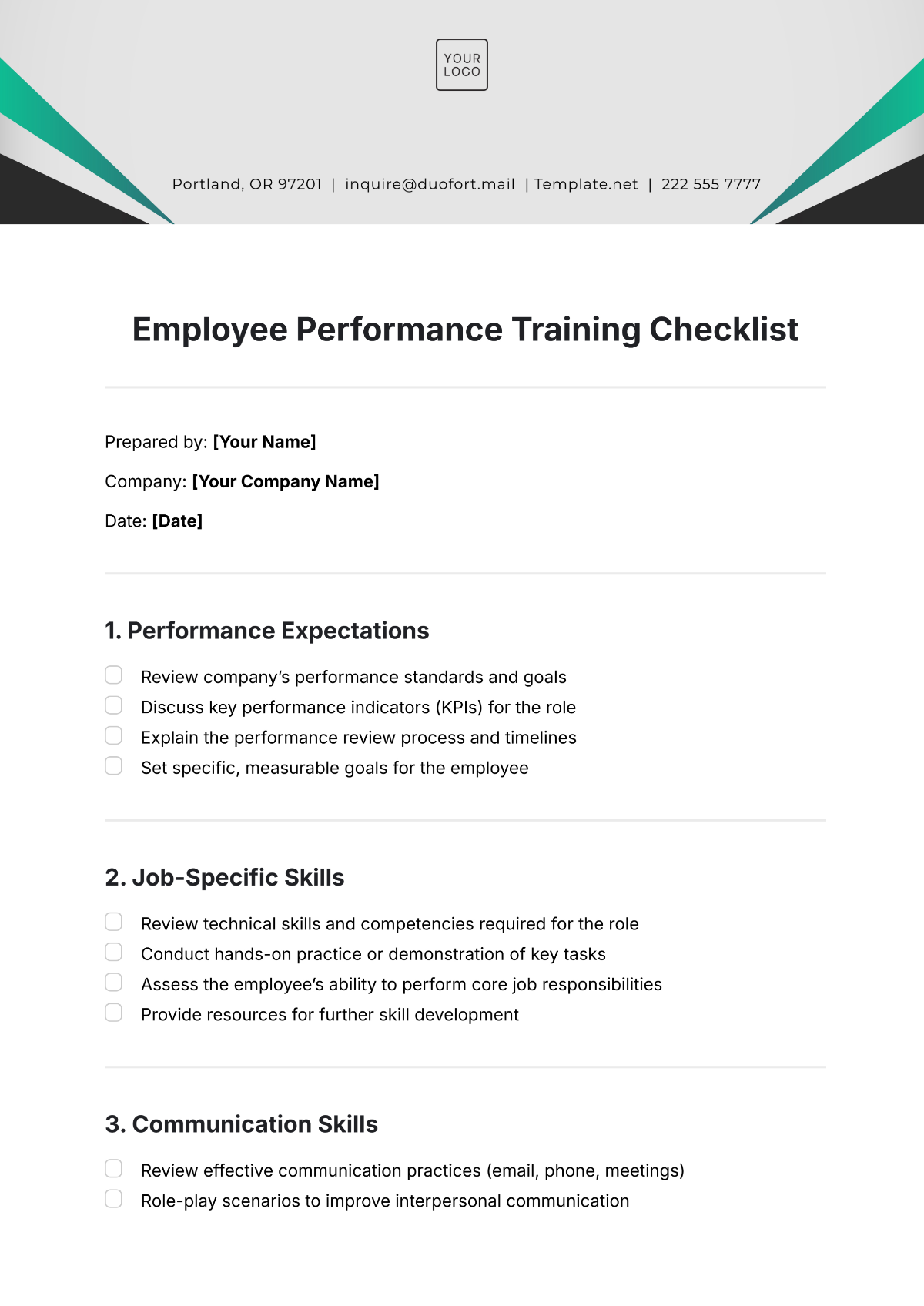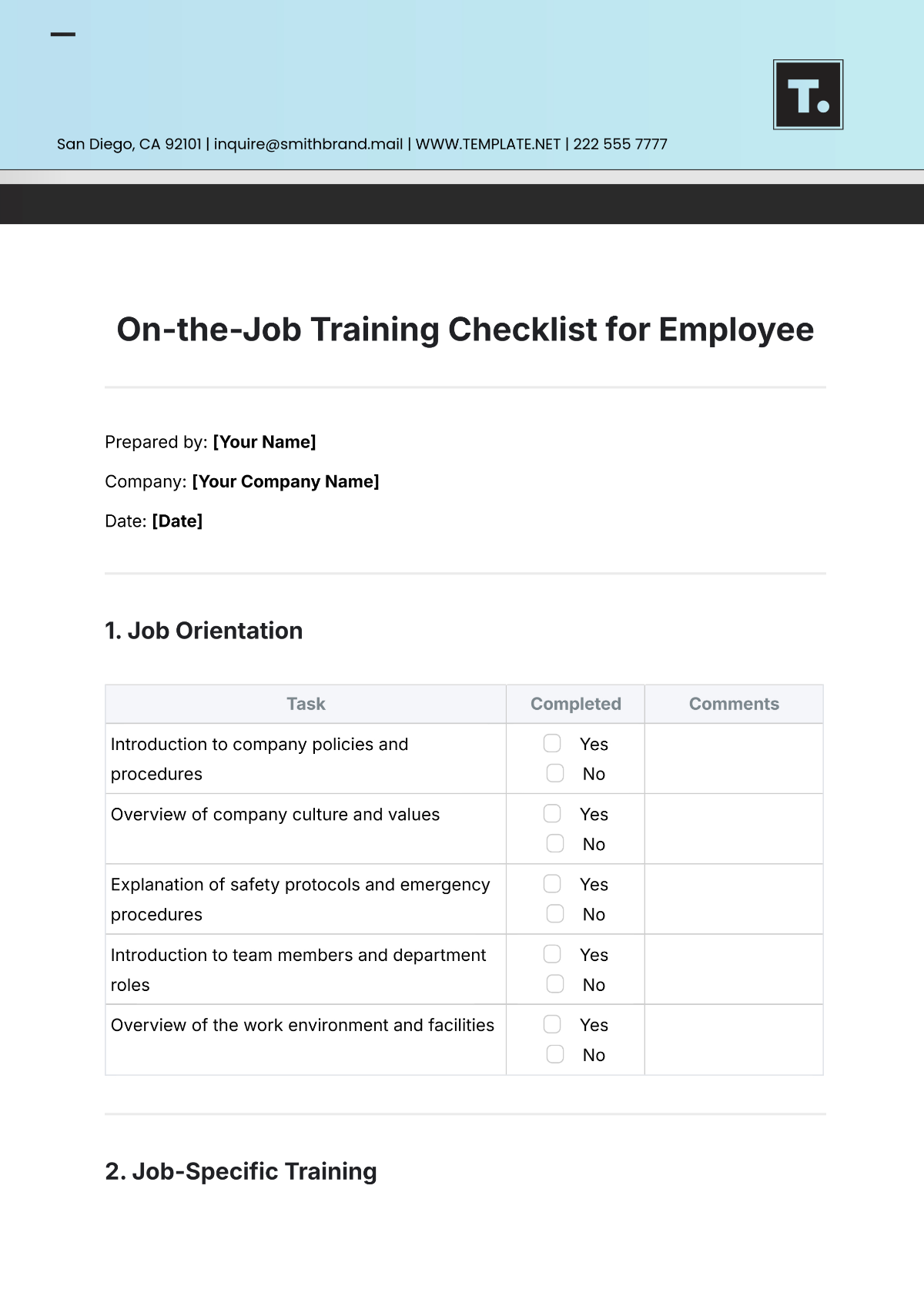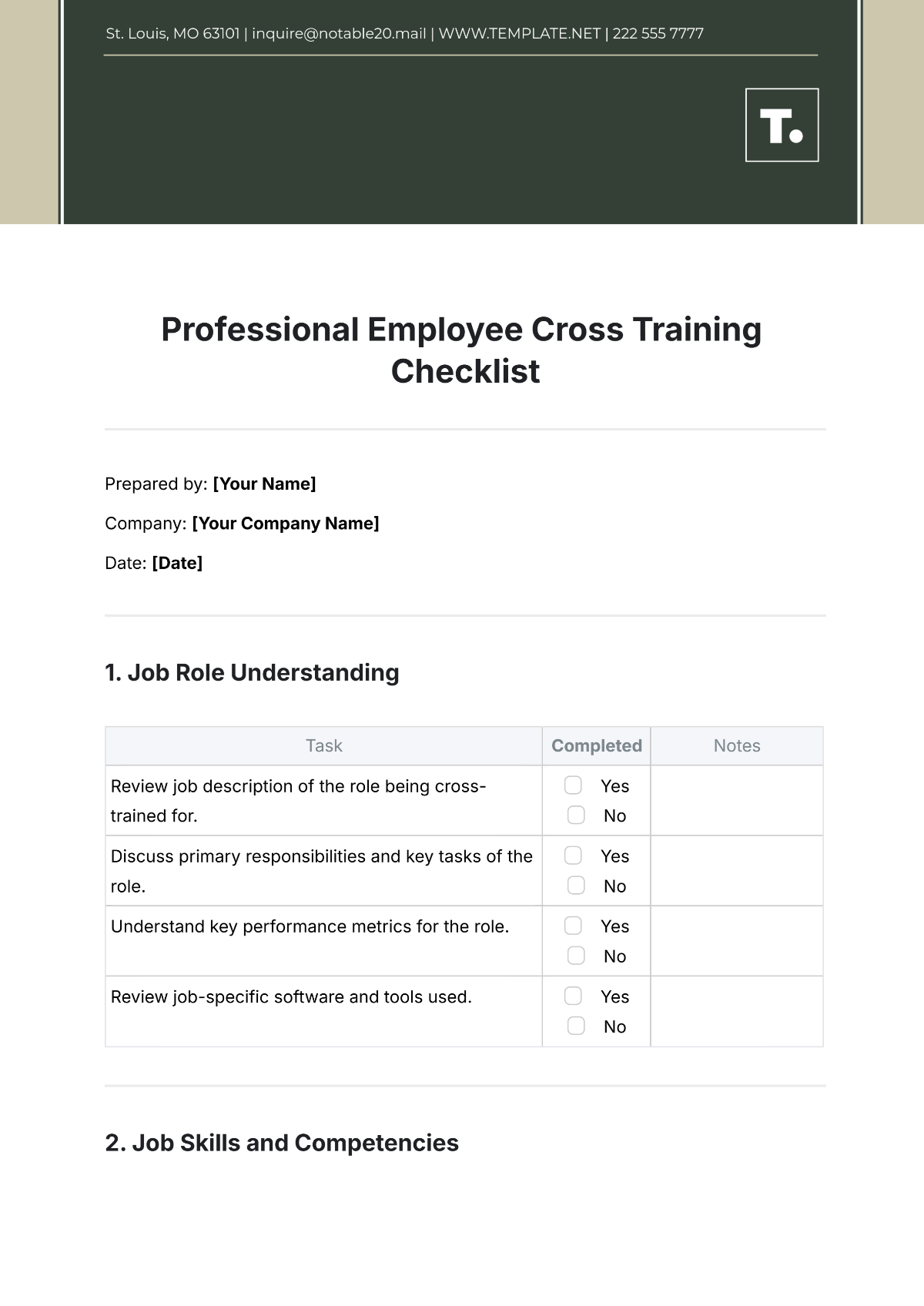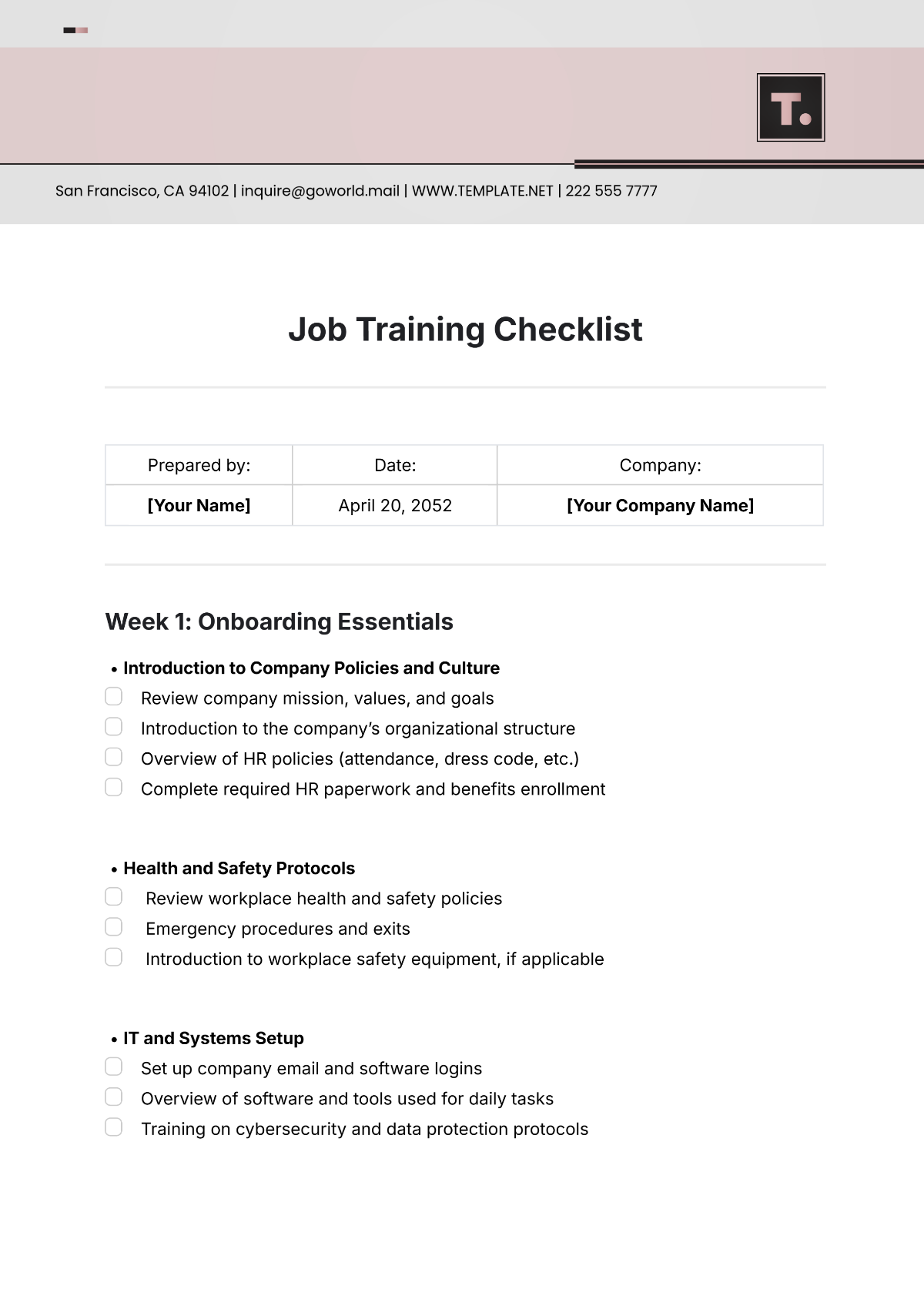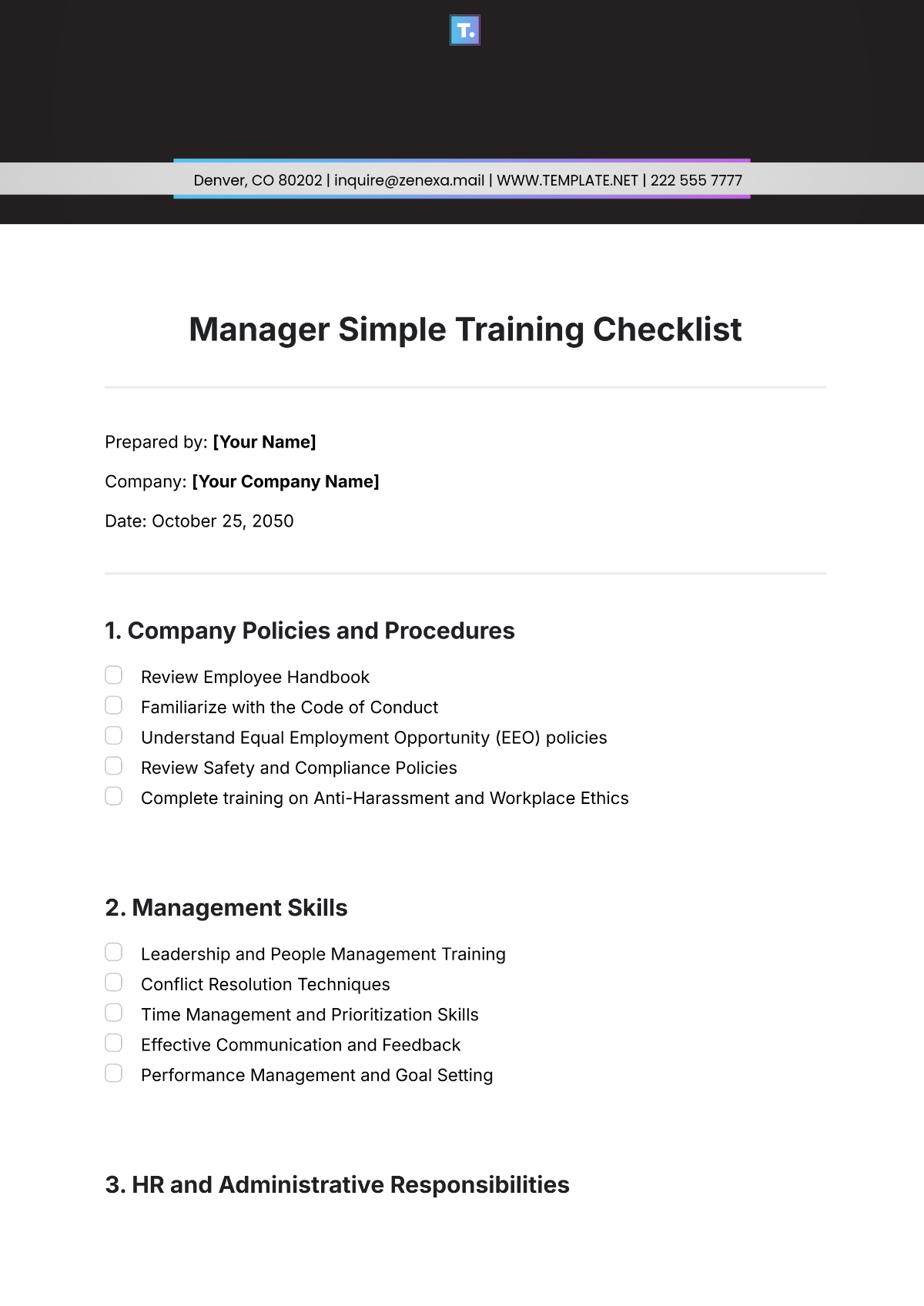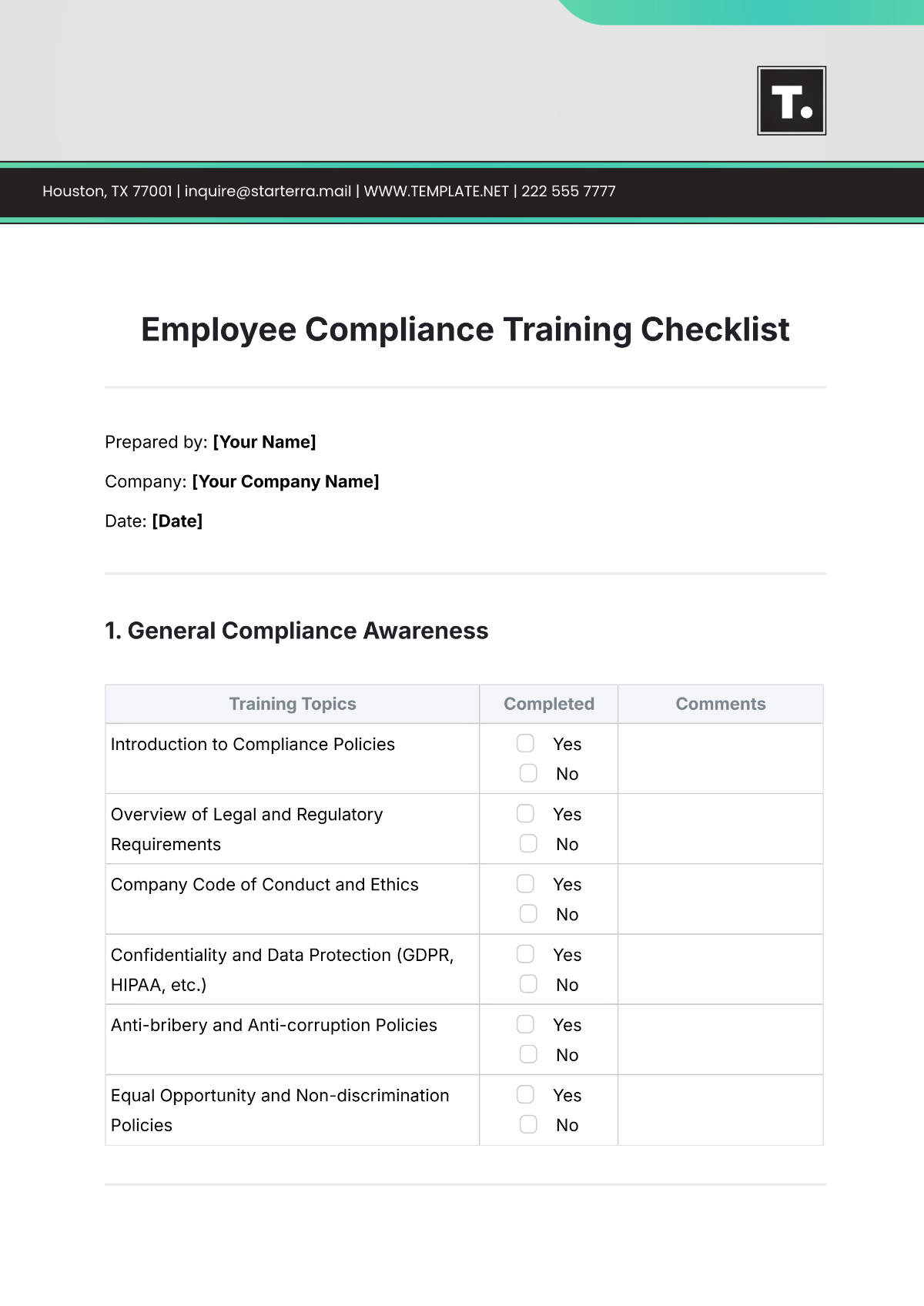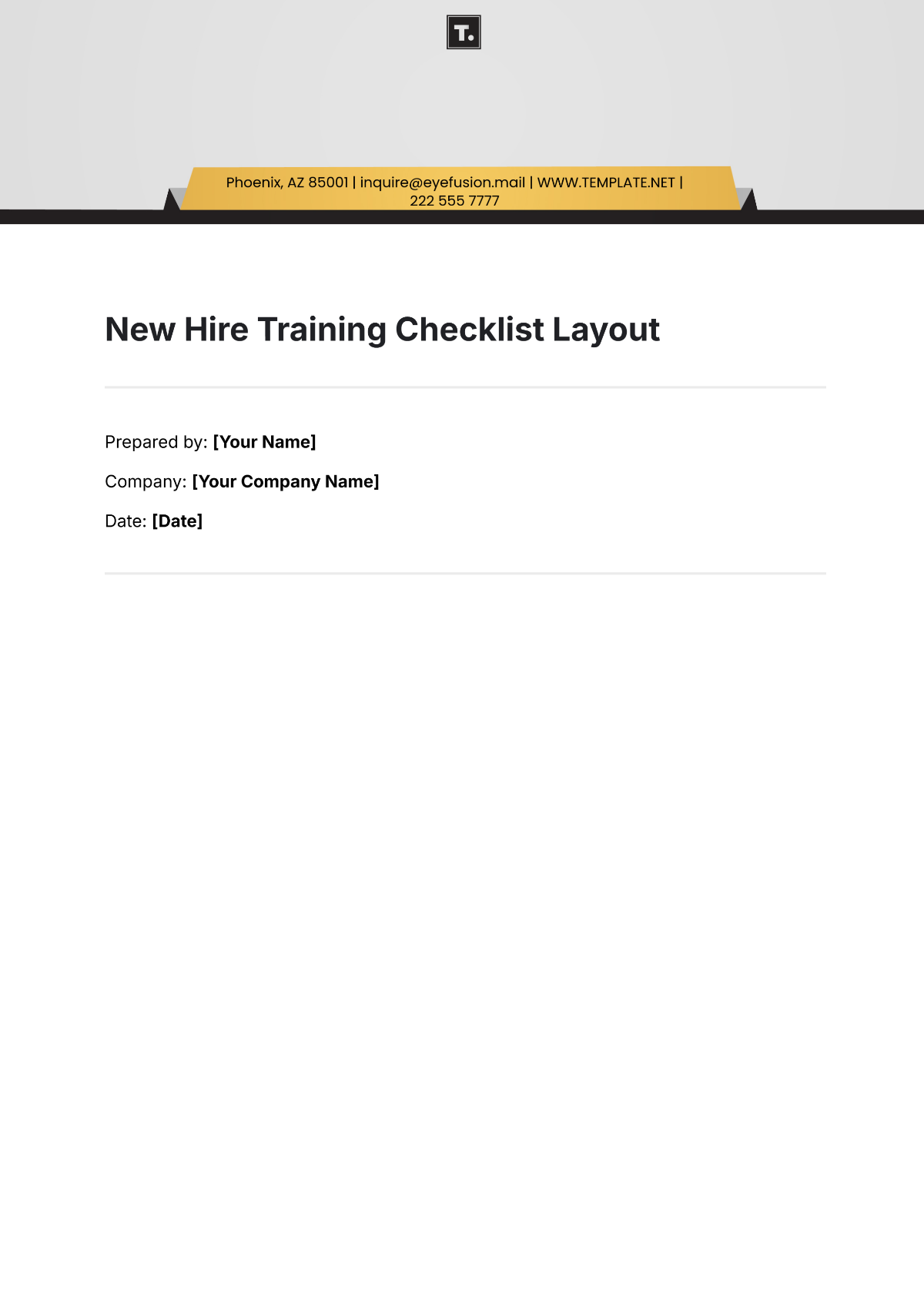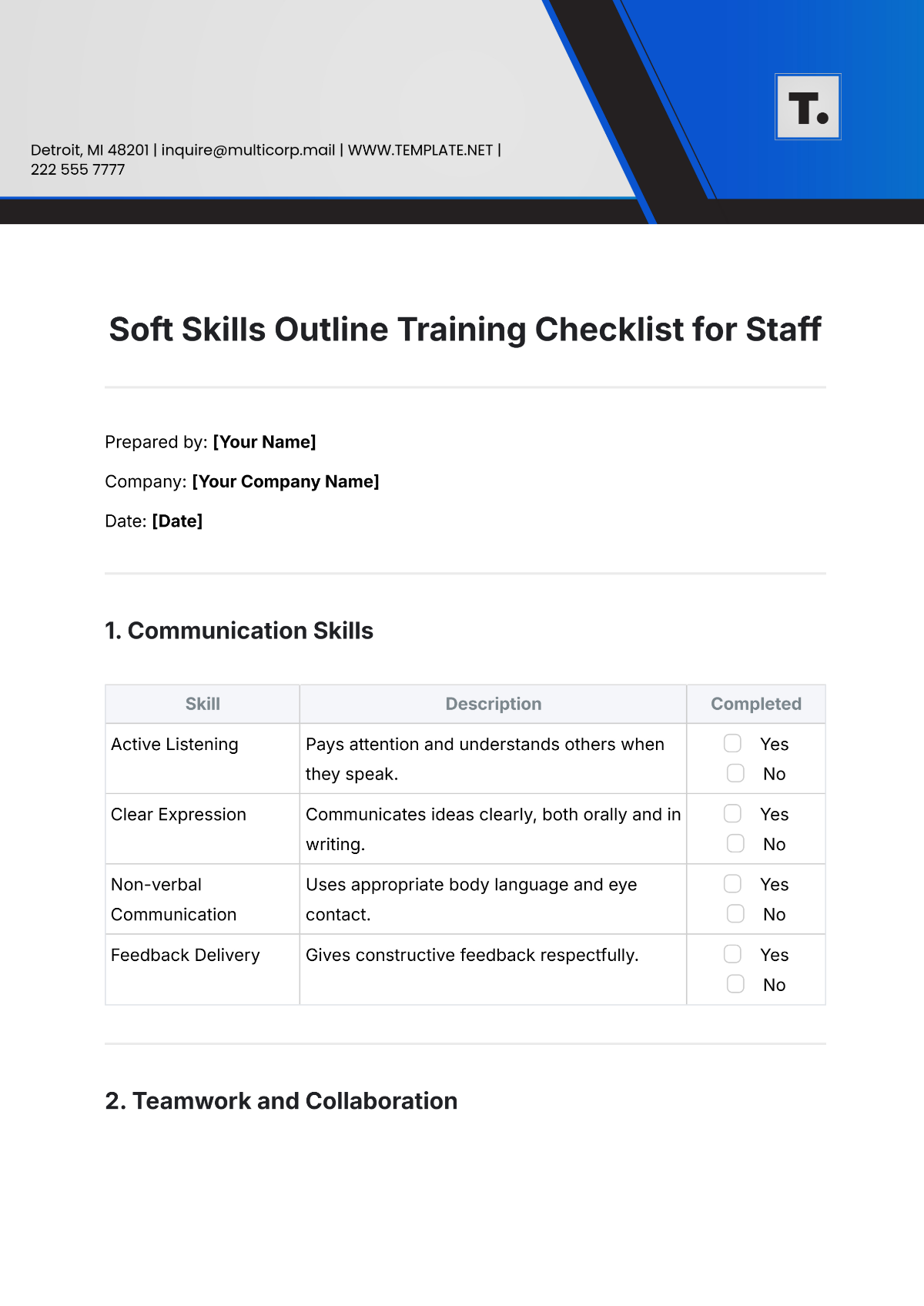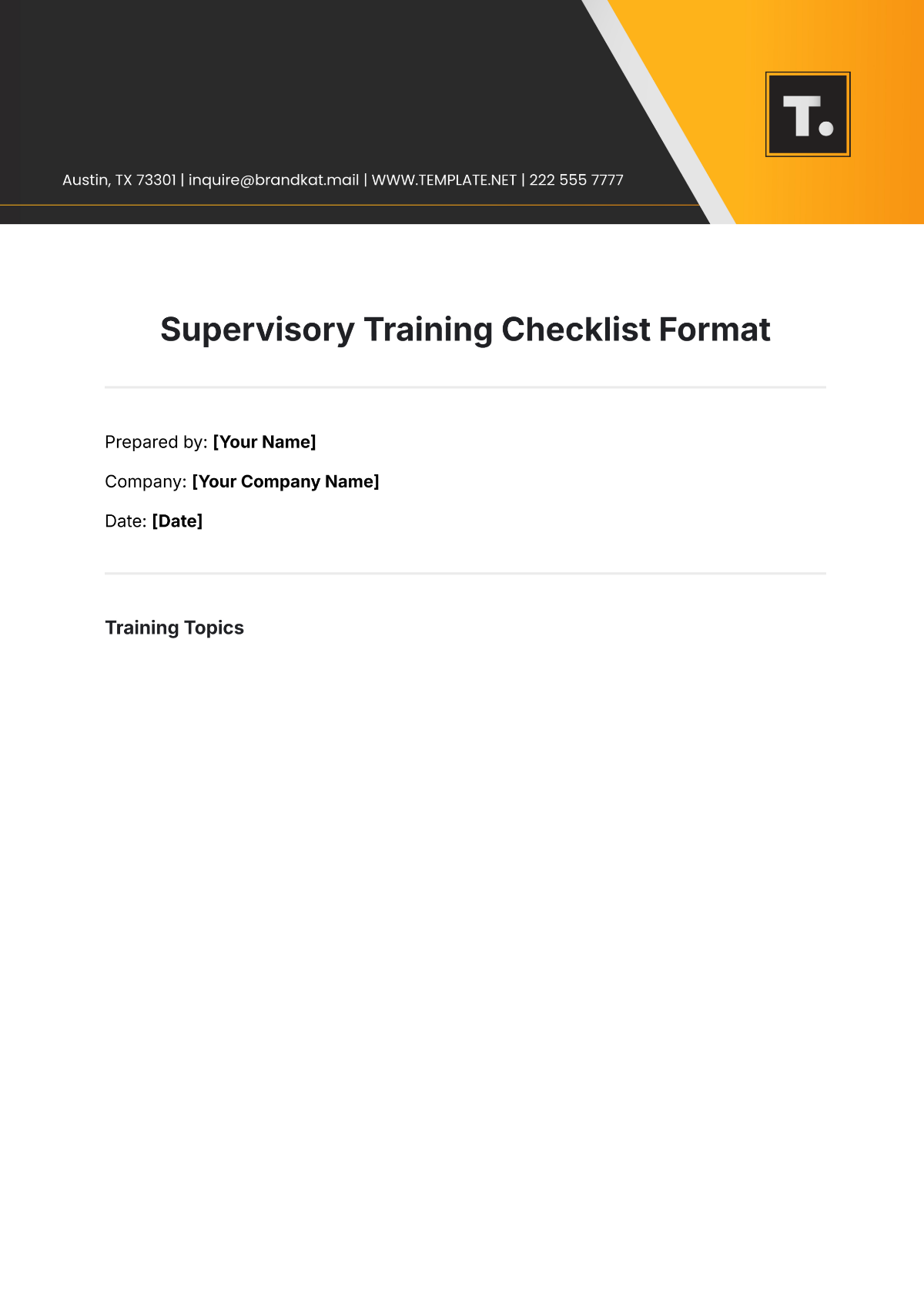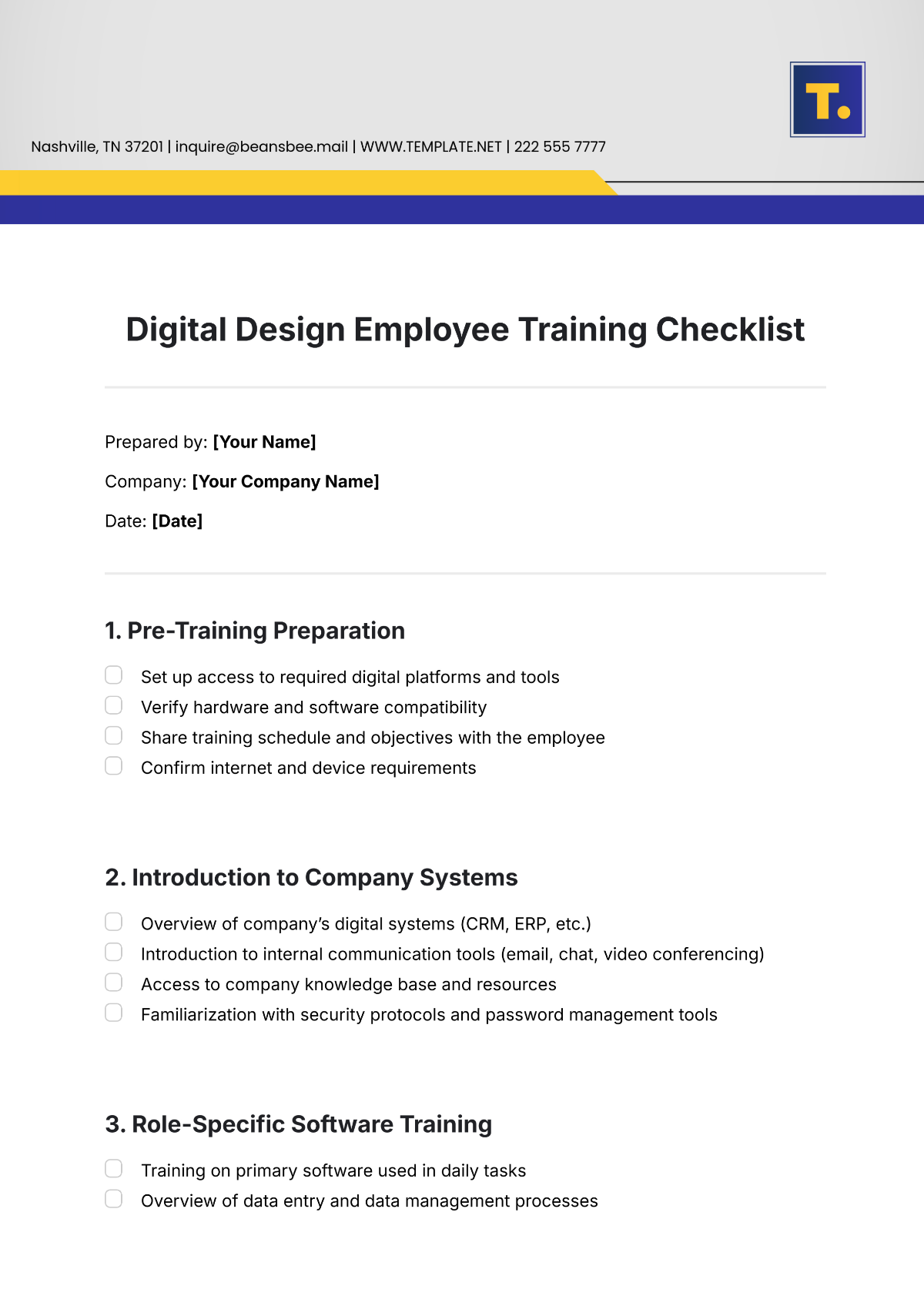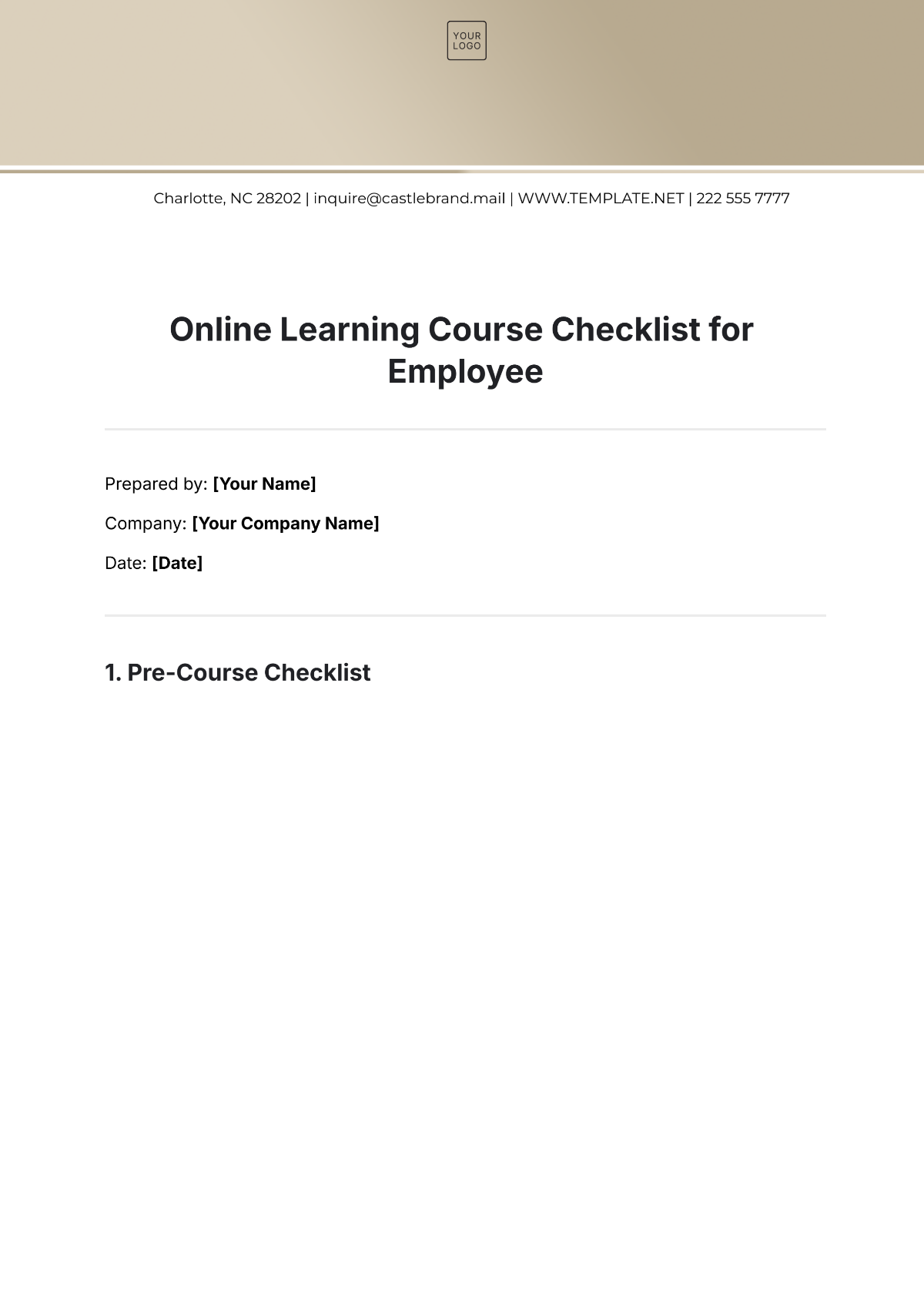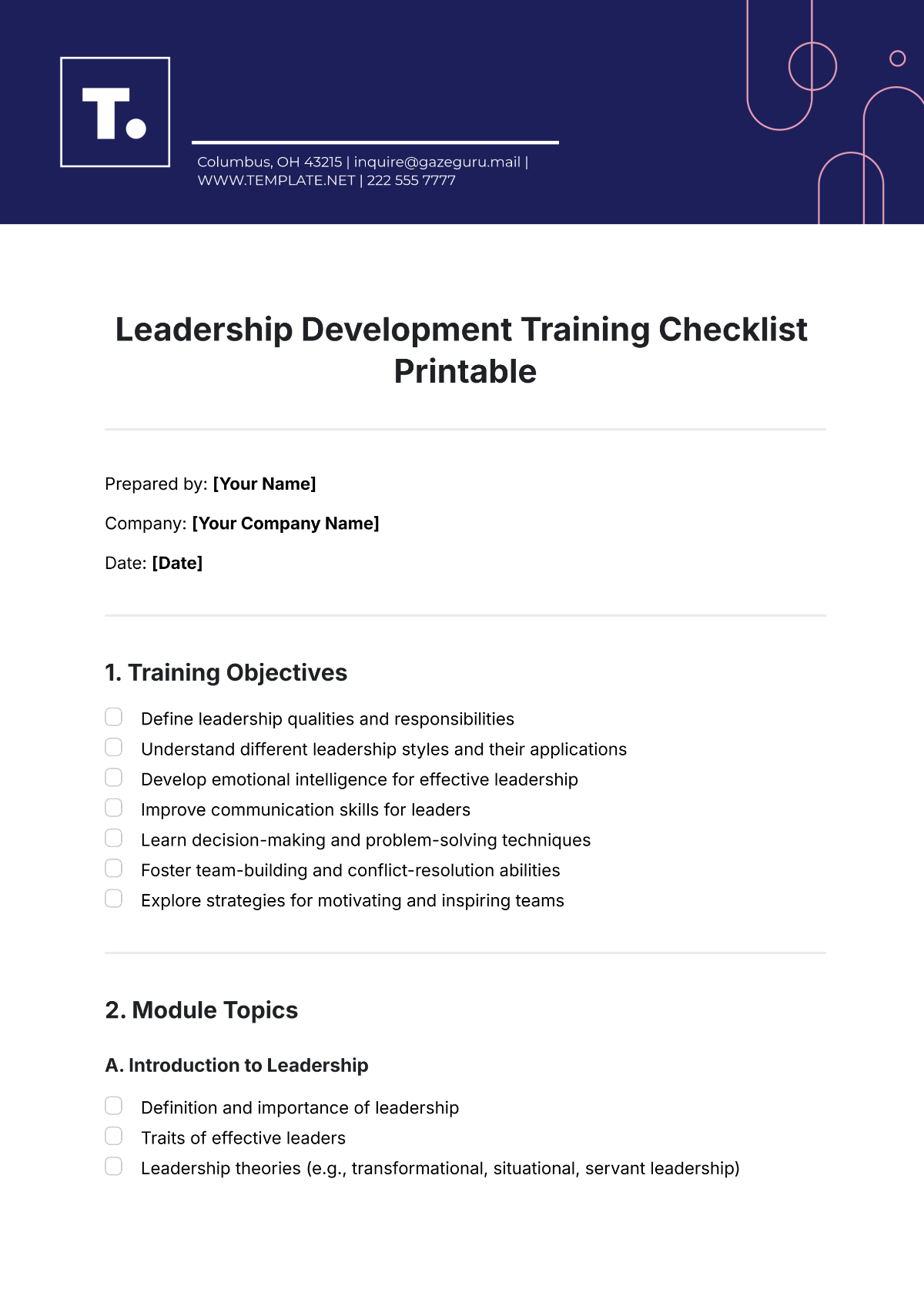Free Website Content Checklist Template
Website Creation and Optimization
This checklist has been designed to streamline and ensure a thorough process for website development and growth. The primary objective is to engage and drive organic traffic by providing valuable and keyword-rich content for users.
Instructions: Keep track of your progress by ticking off each task once it's completed. This ensures that you stay organized and can visually confirm the completion of each checklist item.
Strategic Planning:
Clearly define the website's objectives and align them with broader business goals.
Identify and understand the target audience to tailor content accordingly.
Conduct a competitive analysis to gain insights and refine your approach.
Content Development:
Create a well-defined content plan that delivers value to the target audience.
Establish a content calendar to ensure consistency in publishing and updates.
Maintain brand consistency across all content for a cohesive brand identity.
Craft compelling and actionable content that encourages audience engagement.
SEO Optimization:
Evaluate the website's SEO score and identify areas for improvement.
Conduct a thorough backlink analysis to strengthen the website's authority.
Optimize meta descriptions and alt-tags for enhanced search engine visibility.
Improve the website's loading speed to enhance user experience.
Implement on-page and off-page SEO strategies to boost online visibility.
Keyword Strategy:
Define primary keywords relevant to your content and industry.
Analyze competitors' keyword strategies for inspiration and differentiation.
Develop a list of long-tail keywords to diversify and expand your content.
Regularly update website content with finalized and relevant keywords.
Organic Traffic Management:
Monitor traffic source reports to understand user behavior and preferences.
Develop a strategic plan for organic link building to enhance website authority.
Analyze landing pages' performance and make necessary optimizations.
Optimize pages with lower-than-average time spent to improve engagement.
Implement strategies for broader organic reach and sustained growth.
Analytics and Performance Tracking:
Set up analytics tools to measure and track website performance.
Regularly review and analyze key performance indicators (KPIs).
Use data insights to make informed decisions and continually refine strategies.
User Experience (UX):
Ensure a responsive and user-friendly design for seamless navigation.
Test website functionality across various devices and browsers.
Prioritize accessibility to make the website usable for all visitors.
Conducted by: [Your Name]
Company: [Your Company Name]
Date: [Date]
